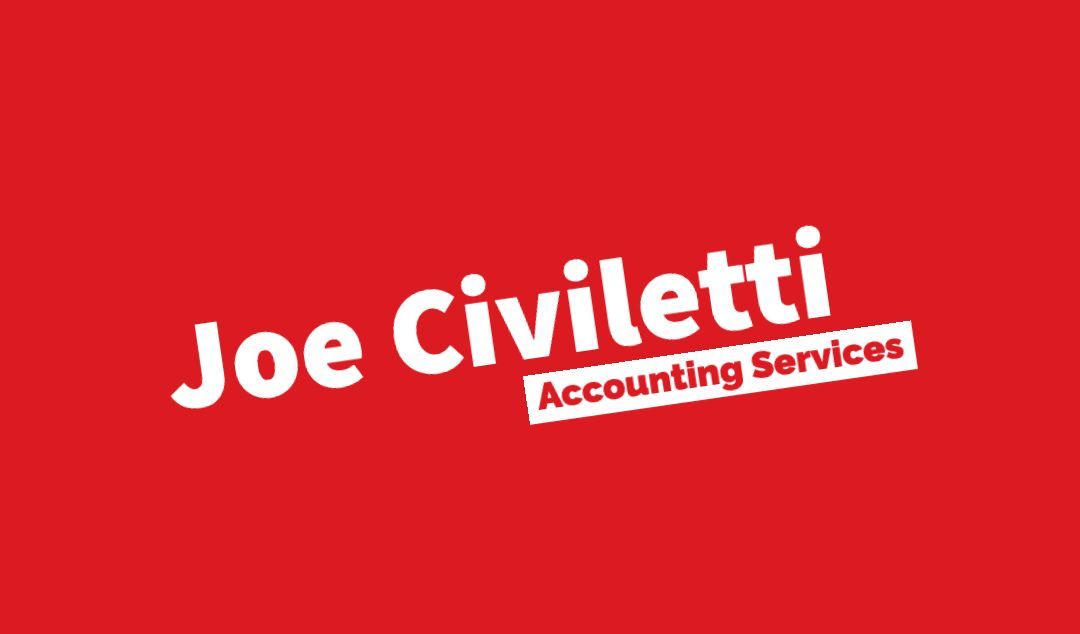Get in touch
555-555-5555
mymail@mailservice.com
The Cashflow Statement — Don't Sleep On It!
It's the middle-child of the 'big three' financial reports... let's talk about it
When thinking about financial statements, most will come up with the profit & loss statement and the balance sheet. People rarely think of the cashflow statement, and look at it even more rarely. Why does it compliment the other two, and how can it help your business?
Secrets of the Profit & Loss Statement
When you spend money that's an expense, and when you deposit money that's income, right? Well, businesses know that's not true, and accrual accounting takes into account what is an actual expense and when it becomes an expense. Did you pay an insurance premium? If it was for a 6 month period of coverage, you'll need to divide it and book it as an expense in each of those 6 months, even if you wrote one big fat check. Did you complete a big job this month but won't pay one of the vendors for it until next month? You may not have paid them, but if they completed work for you, then you owe them and it still gets treated as an expense. Did you pay a security deposit? You may want a deduction out of it, but we know that amount actually belongs on the balance sheet.
Wait a minute! Expense and revenue are both important, but cash is king and it almost seems like we need a special bank-account-to-business-activity report, perhaps something better than constantly checking my banking website. This is where the cashflow statement comes in.
Show Me the Cashflow
Your revenue, expenses, and profit for a given period are important, but you want the way those same transactions affected your cash to be reported too. It's one thing to rack up revenue faster than expenses, but it's another thing to bounce checks because your bank account zeroed out. The Cashflow Statement analyzes cash by starting with your profit over a period, and makes adjustments in three categories:
- Operating Activities: Expenses you haven't paid for add to your cash, revenue you haven't received subtracts
- Financing Activities: Payments that include principal on loans subtract from cash, borrowed money adds to cash
- Investing Activities: Investments from investors add to cash, disbursements and dividends to owners subtract
How will these adjustments in the three categories help us understand some of the transactions mentioned above? Take the insurance premium payment example, and assume it is a $6,000 payment covering a 6 month period. This shows up on the books as a $1k insurance expense and $5k prepaid exp on the balance sheet. If that month's business profit was $25k, the cashflows statement will adjust it to $20k. On the other hand, if you receive a vendor's invoice for $3k in the current month for a job completed that month, but you won't pay them until next month, the cashflows statement will make the opposite adjustment. You'll see that adjusted $20k in operating cashflow adjusted up by $3k, simply because that vendor bill counts as an expense, but if you still owe it and haven't paid it, you still have that cash on hand.
Financing activities adjustments can be even more revealing. If your business has vehicles with loans on them, you may be making payments of $500 to $1,500 per month on each of them, but seeing expenses of only $100 to $1,200 per month reflected in your profit. In other words, your profit and loss statement is showing smaller costs associated with those vehicles (only the interest expense) and implying there should be more money in your bank account at the end of the month, but in reality you're writing much larger checks to the car loan servicer and your bank account has less money in it than you'd expect. The reason? Loan payments include a principal amount, and while this isn't an expense it still reduces your bank account. The cashflow statement will identify this difference and make the adjustment, but it will do so in the financing activities section. Similarly, borrowed money isn't income, and isn't an operating activity, but this section will add to the reporting of cash. Also noteworthy, if you take on a new car loan for a new company vehicle, you'll generally book it as an increase in a liability account and an increase in a non-cash asset account for vehicles: this will not be picked up by the cashflow statement because it didn't involve a cash asset account.
Sometimes the biggest swings in cash come from the investing activities section, which captures items that aren't reflected in the profit & loss statement, and are hard to determine looking at the balance sheet. When you pay out distributions to yourself or other owners, this isn't an expense. It adjusts your equity accounts downward on your books, but the balance sheet will simply state the accumulated balance of those equity accounts. Instead of pulling up an older balance sheet and subtracting the accounts in your head, the cashflow statement can give you the amount of change as an adjustment to cash. This is particularly helpful if monthly statements routinely show a comfortable profit, but the bank account always seems to come up short... an especially important metric for silent partners and passive investors to look at.
Dive Into Your Cashflow
Usually, the profit and loss statement is a good indicator of how much money you're bringing in at the end of the month, and the balance sheet is a good indicator if money owed by customers or to vendors is getting out of hand, but the cashflow statement will give you a straight assessment of how all of those things translate directly into cashflow changes. Quickbooks Online has one neat trick that lets you really dive into cashflow: you can run a cashflow report over a period of time, and have Quickbooks total columns by month. This will let you follow the progression of your cashflow changes by simply reading it left to right for each account and section. If you're consistently entering certain expenses against a client, you can run cashflow statements across all clients too!
Hopefully you're now more comfortable looking at the cashflow statement and understanding how it fills in the blanks the other two reports miss. Along with the two advanced techniques, you should now have an additional reporting tool in your management toolbox.



